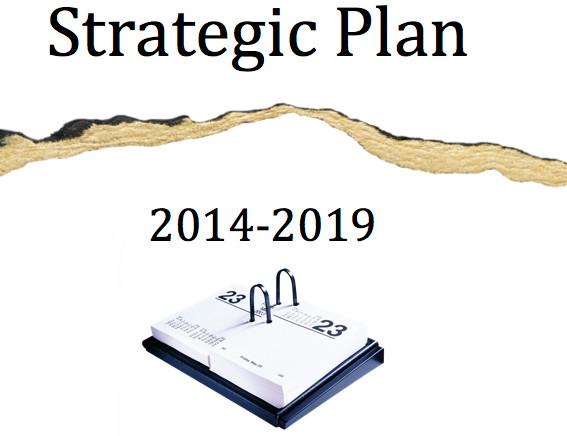Some organizations don’t plan at the speed of change: “Dan, our strategic plan is about to expire. Can you come and help use create a new one?”
I get that phone call pretty often. My first statement is “sure,” followed by, “I do have to warn you that if you work with me, your strategic plan will never expire again.”
I believe organizations should plan at the speed of change. That means rather intimately incorporating strategic planning into strategic decision making.
There are five steps to follow if you plan at the speed of change.
- Every time the organization makes a strategic decision check to see if it aligns with the strategic direction documented in the plan.
- If it does, then update the plan to tie the “actual decision” to the direction in the plan.
- If the strategic decision is in conflict, or otherwise not aligned with the plan in terms of dates or direction, then initiate the following:
- Document the decision.
- Reconcile any strategies that are in conflict with the decision. That means if there were suggested or planned future strategies contingent on the action just taken, either removed those no longer relevant, or reconnect the dots for those that remain relevant. Otherwise plans end up with hanging strategies that become disassociated over time.
- Engage in a strategic dialog with the purpose of uncovering any ramifications of the decision/change, items that might need to be realigned to match the new direction or assumptions in the plan that need to be challenged based on the decision changing the state of the context.
- Finally, organizations that employ scenario planning need to determine if the strategic choice was the result on one or more uncertainties becoming certain, at which point they should reexamine the narratives and update them. They need to also see if the collapsing of uncertainties generated new uncertainties. At minimum, organizations need to look at the action plans coming out of the strategies and tie those actions to the decision. This helps keep the scenarios aligned to the plan, as well as demonstrating the value of the scenario process as it helps avoid surprises and suggest contingencies.
Organizations that employ scenario planning need to determine if the strategic choice was the result on one or more uncertainties becoming certain, at which point they should reexamine the narratives and update them.
Here’s an example:
A toy company decides to create a new distribution hub in Thailand.
If the Thailand decision was suggested by the plan, then document the details so that when people looking at the plan will see when the plan item was executed and the current state of that plan item.
If the Thailand decision wasn’t in the plan, then put it into appropriate section of the plan. If it is new, add it as new along with a date it was added. As above, tie the actual activity to the new plan item. If the Thailand decision displaced another decision, either in time or in its entirety, then notes need to be entered to document that displacement. Notes like, “With the opening of the Thai distribution center, this option for a Vietnamese location has been eliminated. This decision was made because of current tensions between Vietnam and China. Despite continued internal unrest in Thailand, we decided that Thailand was a more controllable environment.”
The note includes a rationale for the decision as well as documenting that something that was once in the plan is no longer in the plan. Items may also be displaced in time (postponed) or brought forward to support decision.
Other items like budget/costs, talent acquisition and other factors may also need to be updated to reflect the actual implementation of a strategic decision vs. its planned version.
If you do this, the strategic plan becomes a database of future decisions that are constantly updated to reflect the latest state of those potential decisions in light of decisions that have been made. As you move forward it time, new items of “strategic importance” will naturally appear as a consequence of executing in the current environment.
Planning at the speed of change does not mean that organizations avoid retreats that focus on strategic thinking, uncertainty and market implications—what it does mean is that those meetings can be much more forward looking, because they don’t need to spend time dissecting a plan that they haven’t reviewed in awhile, and doing the forensic work to determine what they did versus what they said they intended to do. In these forward looking meetings organizations can consider renewed vision and the future implications of past decisions.
As a side note, competitive action also needs to be updated. If the strategic plan includes a contingency for a new product, and that new product appears, then the actual market impact, as well as the organization’s actual reaction (and the market’s reaction to the reaction) needs to be documented in the plan.
By planning at the speed of change, anyone joining the organization can read through the strategic plan and not only understand an organization’s intent, but understand its strategic actions and its context at any time–strategic planning becomes much more operationally relevant without loosing itself in tactics.

